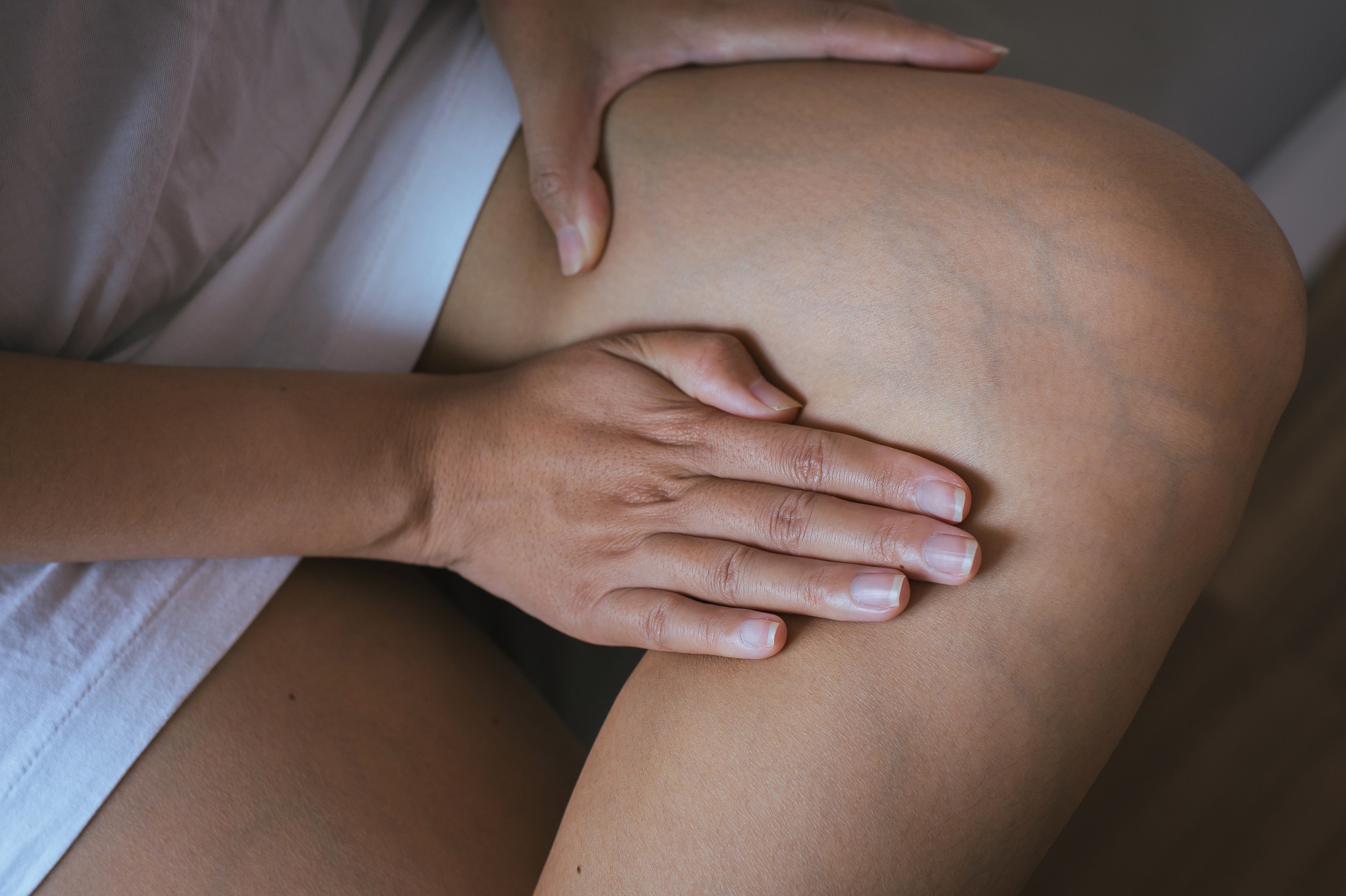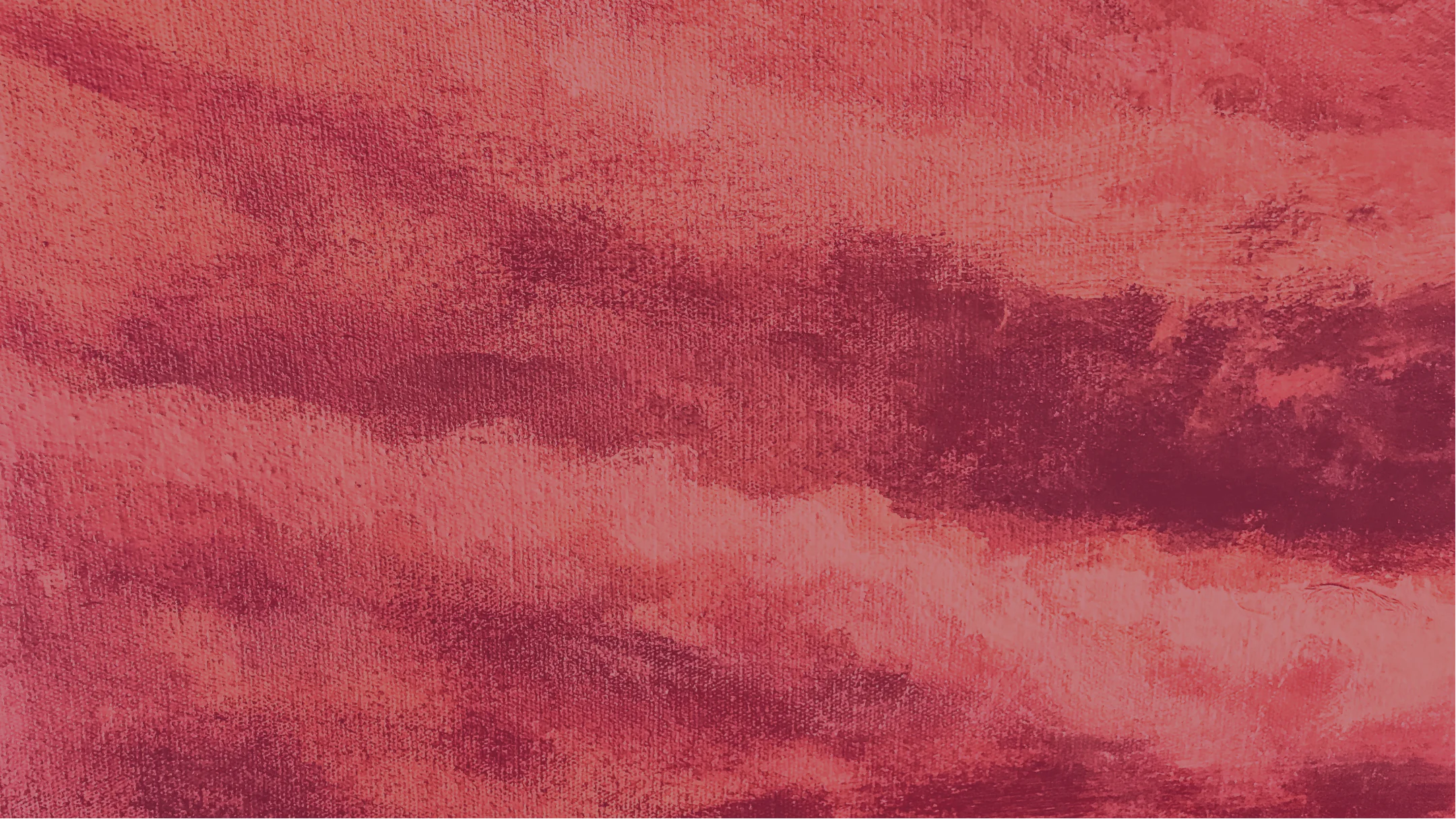What is a varicose vein?
By definition, varicose veins are permanently dilated veins with problematic blood circulation. Their valves (membranous folds preventing the liquid from flowing back) sometimes become incompetent; a varicose vein forms when the venous accumulation generated by blood return combines with the sagging of the wall.
Why do we get varicose veins?
The causes of the appearance of varicose veins are not officially known. However, some factors seem to favor their development, such as heredity, maternity, prolonged standing or sitting position, age (tissue aging), and overweight.
What does a varicose vein look like?
Some varicose veins located on the skin surface are often painless. Called spider veins, they consist of small red or blue filaments. In severe cases of varicose veins affecting superficial veins, they are easy to recognize as they are very large, swollen, and blue. Varicose veins affecting deep veins are not visible to the naked eye, but their presence is nonetheless concerning.
What are the other signs to watch out for?
Varicose veins come with various symptoms: tingling, heaviness, swelling in the feet and ankles, cramps, a feeling of restlessness in the legs (restless legs syndrome), itching, etc.
Why should varicose veins be treated?
If you believe you are suffering from varicose veins, consult a doctor without delay. Treatments will not only reduce your discomfort but also prevent complications, including hemorrhages, ulcers, and superficial phlebitis (blood clots).
Is it possible to prevent the onset of varicose veins?
To avoid developing varicose veins, you should, among other things, elevate your legs above the heart several times a day, change your position regularly, avoid extreme heat (e.g., very hot showers and baths, saunas, tanning sessions), and avoid tight pants or socks that are very tight around the ankles.

